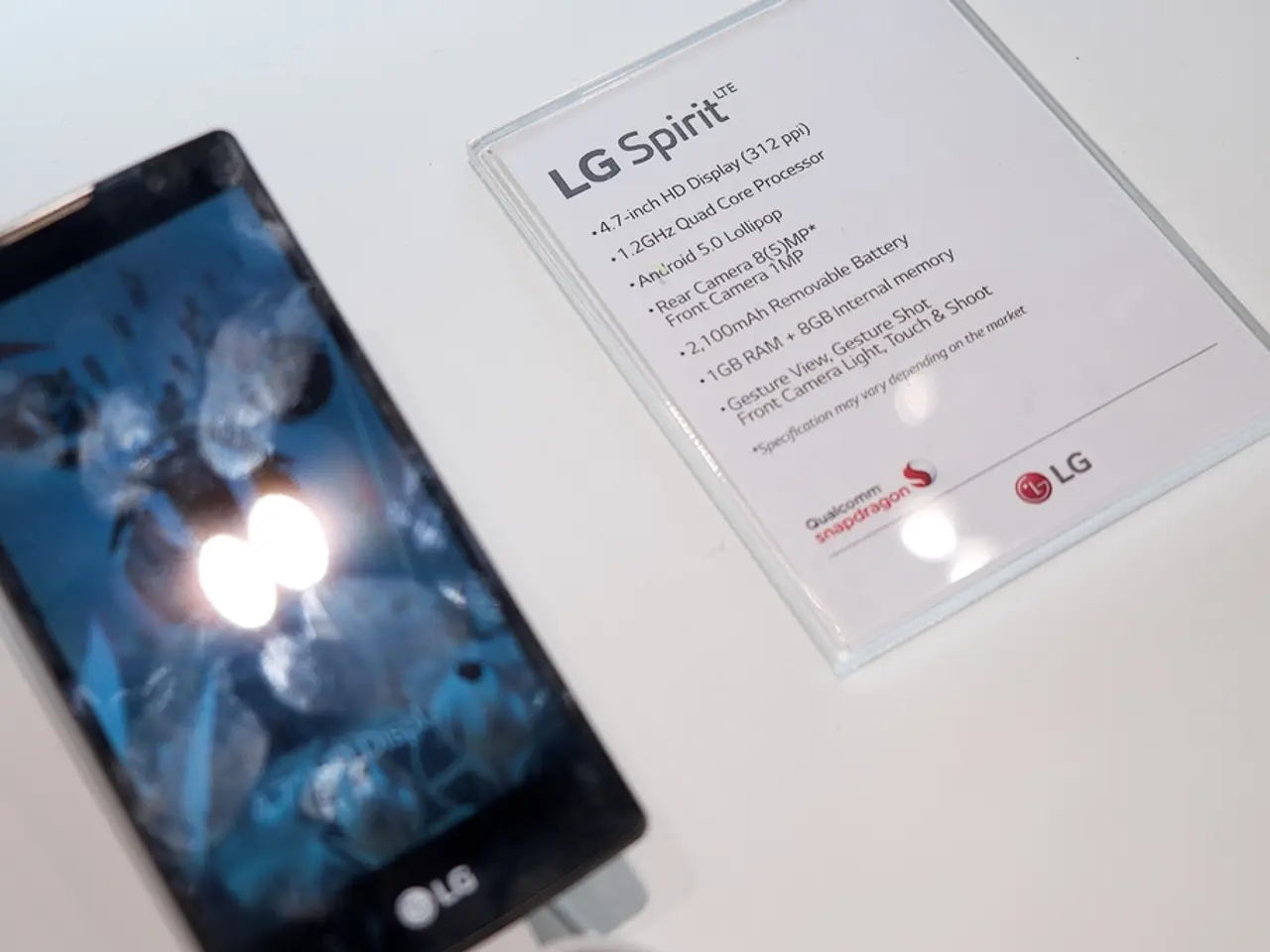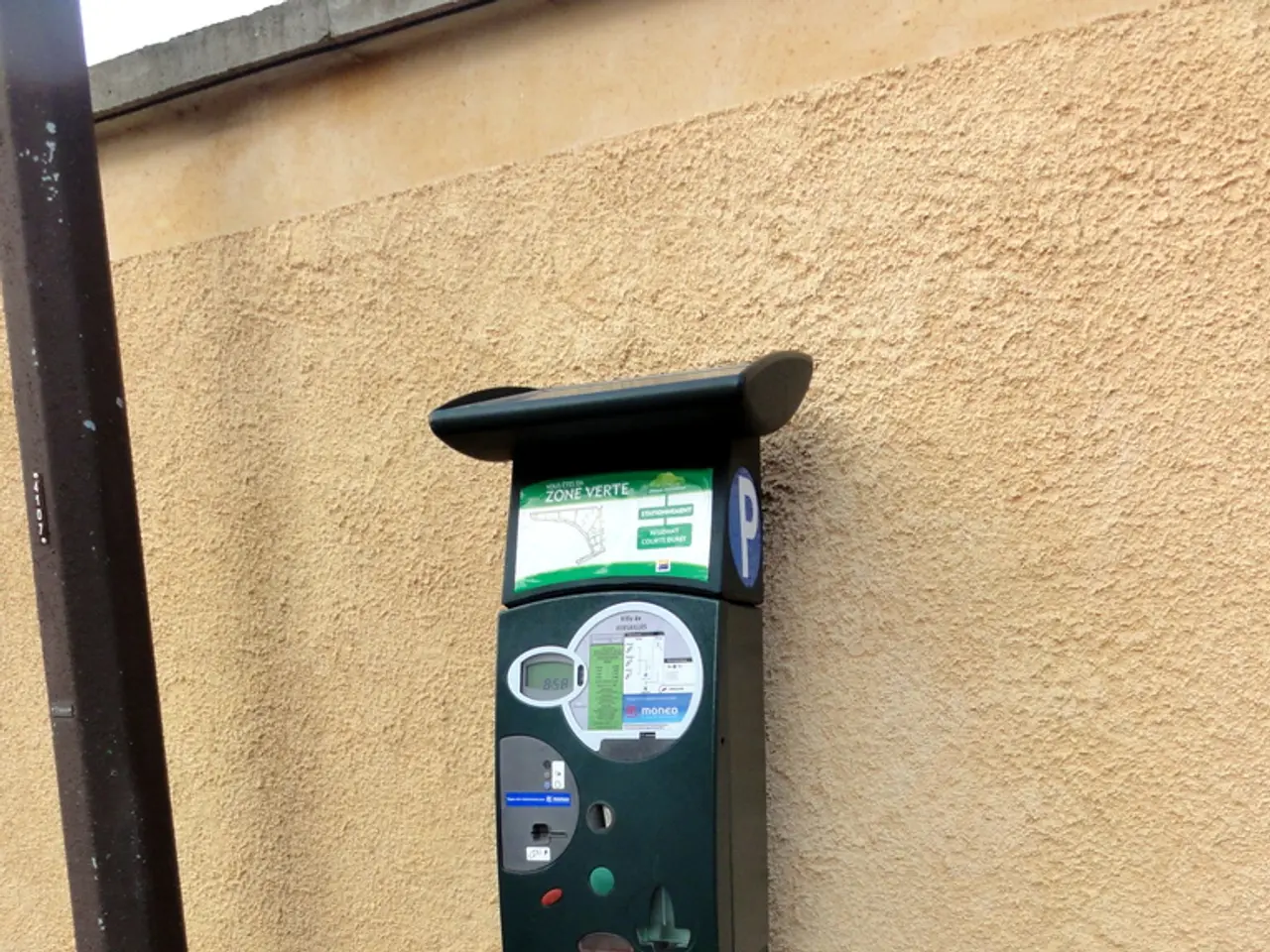Patent Court Union: Fundamentals Explained
Preparing for the Launch of the Unified Patent Court (UPC) in Europe
The Unified Patent Court (UPC), a centralized patent litigation system for Europe, is set to launch in mid-2023, bringing about significant changes to the system of granting and litigating patents in Europe.
Key features of the UPC include a unified judicial system, jurisdiction over infringement and validity disputes, the possibility for patent proprietors to opt out their non-unitary European patents, and a focus on speed and efficiency.
The UPC will be composed of first-instance local, regional, and central divisions, along with a Court of Appeal to handle patent cases across participating European countries. This common patent litigation system will provide a centralized forum for patent disputes relating to both unitary patents and traditional European patents that have not been opted out of UPC jurisdiction.
One of the key benefits of the UPC is its jurisdiction, which allows patent owners to seek injunctions and damages across multiple countries in a single litigation, thus avoiding fragmentary national court proceedings. The possibility for patent proprietors to opt out their non-unitary European patents from UPC jurisdiction during a transitional period is also a significant feature.
The UPC emphasizes speed and efficiency, with decisions issued more rapidly than many traditional national patent courts, benefiting both patent holders and defendants. The UPC also aims to facilitate dispute resolution through mechanisms such as the Patent Mediation and Arbitration Centre (PMAC), which is expected to open in early 2026.
Patent litigation through the UPC affects multiple industries, including pharmaceuticals, biotech, and even sectors not traditionally litigious like fashion, indicating broad strategic engagement with the system.
Operating procedures for the UPC include cases being handled initially in local/regional divisions, but complex cases or appeals moving to centralized or appellate instances. Once litigation starts, neither party can switch jurisdiction or opt out mid-litigation. The court applies European patent law as interpreted under the UPC Agreement, creating uniform case law over time.
The UPC decisions have inter partes effect within its jurisdiction, but national parts outside the court’s reach remain subject to national courts and potentially divergent rulings. Patent owners must decide early during the transitional phase whether to opt out their patents from UPC jurisdiction, balancing risk and strategic opportunity.
The start of the UPC is fast approaching, making it essential to get to grips with the basics of the court. An interactive booklet titled "Unified Patent Courts the Basics", created by a firm's UPC team, provides detailed information about the court's structure, geographical reach, division locations, timeline, important legislation, court's rules, table of fees, and even a timeline of the court's operations. This resource is a valuable tool for understanding the Unified Patent Court.
It is important to note that the UPC Agreement is scheduled to come into force on 1 March 2023, with the UPC becoming operational on 1 June 2023. However, the UPC Administration Committee announced a two-month delay to the operational timeline for the launch of the UPC in December 2022.
Despite the court's operation still being largely unknown, there is much to learn about it. The interactive booklet "Unified Patent Courts the Basics" offers a comprehensive overview of the court and serves as an essential resource for those seeking to understand the Unified Patent Court.
Intellectual property owners in the finance and business sectors must actively consider the impending decisions related to the Unified Patent Court (UPC), given its jurisdiction over various industries, including pharmaceuticals, biotech, and fashion.
Understanding the operational procedures of the UPC, such as its court structure, geographical reach, and timeline, is crucial for intellectual property holders, as decisions have inter partes effect within its jurisdiction and may significantly impact their intellectual property rights.




